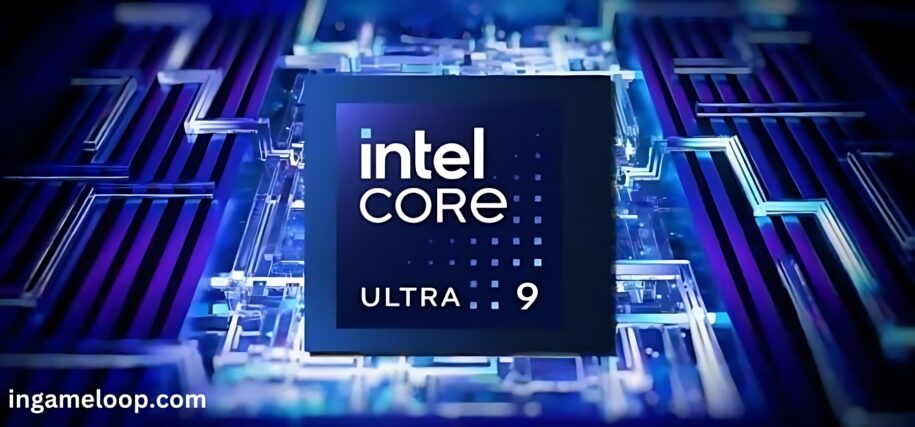
Intel’s next-gen Meteor Lake CPUs are set to launch in December, initially for laptops. This represents a major overhaul in design and capabilities. Meanwhile, desktops will see a Raptor Lake Refresh lineup next month.
The introduction of Core Ultra branding for mobile Meteor Lake CPUs adds a layer of complexity, raising questions about the desktop transition. Desktop Meteor Lake is expected in 2024, offering enthusiasts a glimpse into its unlocked potential.
This revelation came from Michelle Johnston Holthaus, Executive Vice President & General Manager of Client Computing Group at Intel, during an interview with PCWorld’s Mark Hachman.
Holthaus shared that the Meteor Lake processors, initially slated for release exclusively on laptops this year, will extend their reach to desktop platforms in 2024. This strategic move by Intel reflects a commitment to providing a comprehensive processor family that caters to both segments, aligning with the evolving needs of consumers and the tech industry.
While specific details about the Meteor Lake-S CPUs remain under wraps, industry experts speculate that they may feature a configuration incorporating up to six high-performance cores alongside N energy-efficient cores. This setup, though suitable for compact desktops, may not fully satisfy the demands of avid gamers and other power users.
The processors are expected to utilize the alleged Socket V1, tailored for LGA1851 CPUs, and leverage the 800-series chipset platform. Mainboards designed for the accompanying Arrow Lake-S processors, available in Core i7 and Core i9 variants targeting gamers and enthusiasts, are anticipated to incorporate advanced voltage regulating modules to maximize performance, reflecting a corresponding increase in cost. This raises questions about the necessity of advanced 800-series motherboards for the configuration of Meteor Lake-S CPUs.
Intel’s Meteor Lake and Arrow Lake processors mark a significant step forward in the company’s venture into multi-tile architectures for clients. Meteor Lake will be based on the Intel 4 node, emphasizing extreme ultraviolet (EUV) lithography.
On the other hand, Arrow Lake will utilize a 2nm-class Intel 20A process. Both processors are expected to feature graphics tiles produced using TSMC’s N3E technology. Notably, the Intel 20A process integrates RibbonFET transistors and PowerVia power delivery, aimed at enhancing performance—a feature that will be particularly welcomed by users of enthusiast-grade CPUs.
The confirmation of Meteor Lake’s expansion to desktops has generated substantial anticipation among Intel’s user base. As the release date approaches, enthusiasts and professionals alike are keen to experience the advancements and capabilities that this next-generation processor series promises to bring to the desktop computing landscape.







